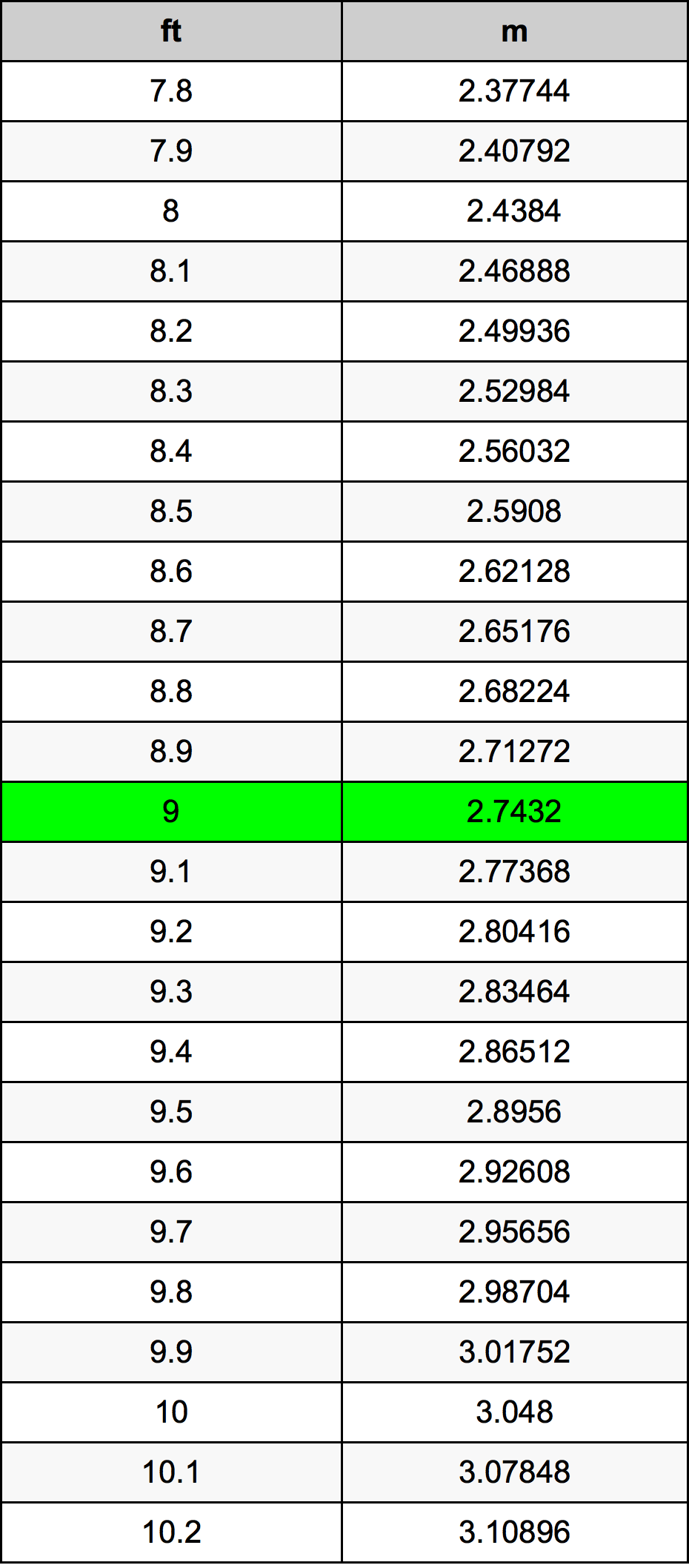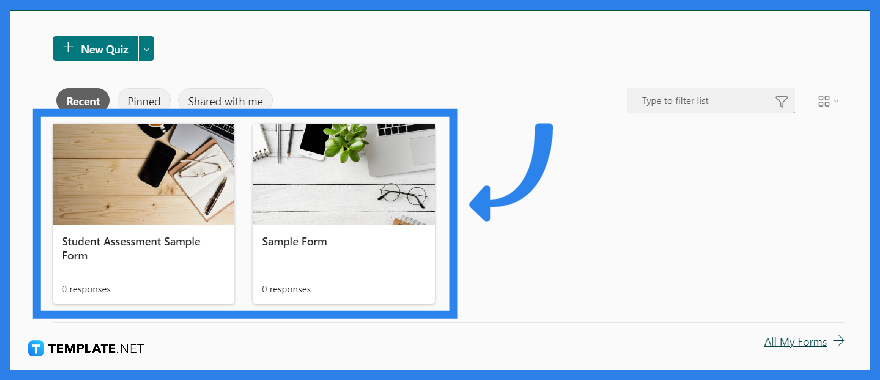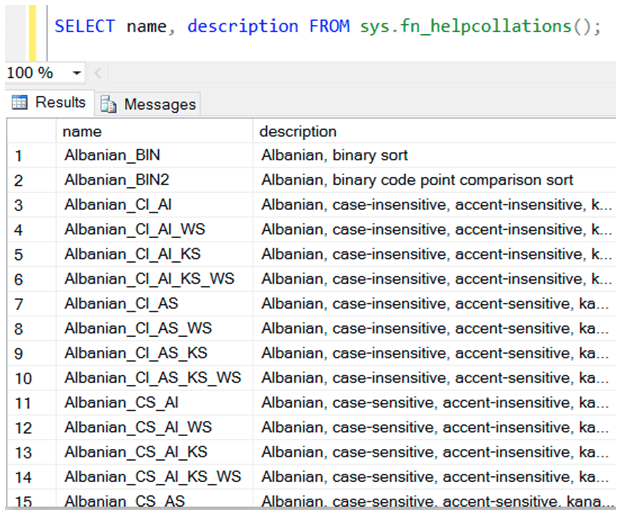9 Tips: Converting 9 Feet to Meters

In the world of measurement conversions, the task of changing units from feet to meters can often be a tricky one, especially for those who are not familiar with the metric system. However, with a few simple steps and a bit of understanding, converting 9 feet to meters can be an easy and straightforward process. This article will guide you through the conversion process, provide insights into the importance of such conversions, and offer some practical tips to ensure accuracy and efficiency.
Understanding the Basics: Feet and Meters

Before we delve into the conversion process, it’s essential to grasp the fundamentals of the units we are dealing with. The foot, often denoted as ft or ‘, is a unit of length commonly used in the imperial and US customary systems. It is approximately equal to 0.3048 meters, but for precision, we use the exact value provided by international standards. On the other hand, the meter, symbolized as m, is the base unit of length in the International System of Units (SI), serving as a fundamental measure in science and technology.
The Importance of Conversion
Converting between different units of measurement is a crucial skill, especially in fields like engineering, architecture, and science, where precise calculations are vital. Whether you’re working on a construction project, designing a product, or conducting scientific research, the ability to convert between feet and meters can be essential. It ensures that your measurements are consistent and compatible with the wider scientific community and global standards.
9 Simple Steps to Convert 9 Feet to Meters

Now, let’s walk through the process of converting 9 feet to meters. This conversion involves a simple mathematical operation, but understanding the steps can make it even easier.
- Know the Exact Conversion Factor: The first step is to understand that 1 foot is approximately equal to 0.3048 meters. However, for precise calculations, it's best to use the exact conversion factor, which is 0.30480061 meters per foot.
- Multiply by the Conversion Factor: Since we want to convert 9 feet to meters, we simply multiply 9 by the conversion factor: 9 x 0.30480061 = 2.74320549 meters.
- Round to the Appropriate Decimal Place: Depending on the level of precision required for your application, you can round the result to the nearest whole number, tenth, or hundredth. For instance, 2.74320549 meters can be rounded to 2.74 meters for everyday use or kept as is for more precise calculations.
- Express the Answer Clearly: Ensure that your answer is presented clearly, stating the unit of measurement. In this case, the result is approximately 2.74 meters or 2.7432 meters, depending on the desired precision.
- Use a Conversion Calculator: If you're dealing with multiple conversions or want to ensure accuracy, consider using a reliable conversion calculator. These tools can automate the process and provide instant results, reducing the risk of errors.
- Practice with Real-World Examples: To reinforce your understanding, practice with real-world scenarios. For instance, imagine you're designing a room that is 9 feet long. By converting this length to meters, you can ensure your design aligns with international standards and facilitates collaboration with professionals worldwide.
- Understand Rounding Rules: When rounding numbers, it's essential to understand the rounding rules. For instance, if the number you're rounding is exactly halfway between two values, the common practice is to round up to the nearest even number. For example, 2.745 would be rounded to 2.75.
- Convert in Both Directions: To further reinforce your understanding, practice converting in both directions. For instance, after converting 9 feet to meters, try converting the result back to feet to check your work. This two-way conversion can help you develop a deeper understanding of the relationship between the units.
- Apply Conversion Skills in Practical Scenarios: Finally, apply your conversion skills in real-world situations. Whether it's calculating the length of a running track, designing a garden, or estimating the size of a room, converting between feet and meters can be a valuable skill. By practicing these conversions, you'll become more comfortable and efficient with metric and imperial units.
Practical Tips for Accurate Conversions
To ensure accuracy and efficiency in your conversions, consider the following tips:
- Always use the exact conversion factor provided by international standards to ensure precision.
- Round your results to the appropriate decimal place, considering the level of precision required for your application.
- Utilize conversion calculators or online tools to automate the process and reduce the risk of errors.
- Practice with real-world examples to reinforce your understanding and apply your skills in practical scenarios.
- Understand rounding rules to ensure consistent and accurate results.
- Convert in both directions to develop a deeper understanding of the relationship between units.
- Stay organized and maintain a clear workflow when performing multiple conversions.
- When in doubt, consult reliable references or seek guidance from experts to ensure the accuracy of your calculations.
Conclusion
Converting 9 feet to meters is a straightforward process that becomes even easier with a bit of practice and understanding. By following the simple steps outlined in this article and applying the practical tips provided, you can ensure accurate and efficient conversions. Remember, accurate conversions are not only essential for scientific and engineering calculations but also for everyday tasks that involve measurements. So, whether you’re designing a product, planning a construction project, or simply wanting to understand the world around you better, mastering the art of conversion is a valuable skill to have.
Frequently Asked Questions

How accurate is the conversion factor provided for 1 foot to meters?
+The conversion factor provided for 1 foot to meters is based on the exact value defined by international standards. This ensures the highest level of accuracy in your conversions. However, it’s important to note that for most practical purposes, the approximate value of 0.3048 meters per foot is sufficient.
What are some common mistakes to avoid when converting feet to meters?
+Common mistakes to avoid include using outdated or incorrect conversion factors, rounding errors, and neglecting to express the answer with the correct unit of measurement. Always double-check your calculations and ensure you’re using the latest and most accurate conversion factors.
Can I use online conversion tools for precise calculations?
+Yes, online conversion tools can be highly accurate and efficient for precise calculations. However, it’s important to choose reputable and reliable tools that are regularly updated with the latest conversion factors. Always verify the results manually to ensure accuracy, especially for critical applications.



